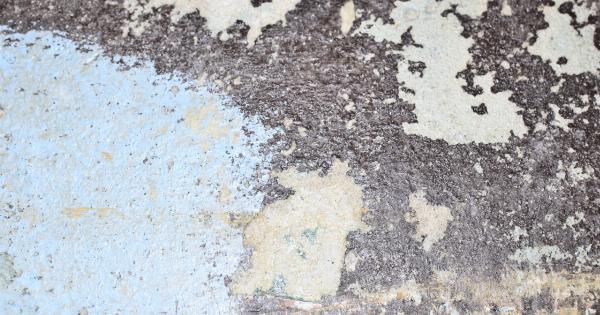CT scans, also known as computed tomography scans, are an essential diagnostic tool used to evaluate various conditions in the body.
A CT scan uses X-rays to create detailed images of the body, which is then analyzed by a radiologist to arrive at a diagnosis.
How Do CT Scans Work?
A CT scan can be thought of as a series of X-ray images taken from different angles.
The X-ray machine rotates around the body, and a specialized computer program processes the images to create detailed, cross-sectional images of the internal organs and tissues. The images are much more detailed than those produced by conventional X-rays, and can be used to diagnose a wide range of conditions.
Why Are CT Scans So Popular?
CT scans have become increasingly popular in the medical world because they are quick and non-invasive.
Unlike other imaging tests, such as magnetic resonance imaging (MRI) or positron emission tomography (PET) scans, a CT scan can be performed quickly, and it does not require the injection of contrast dye.
What Are the Risks of CT Scans?
Although CT scans are generally safe, they do expose patients to a small amount of ionizing radiation. Ionizing radiation can damage cells and possibly increase the risk of cancer.
However, the amount of radiation exposure from a standard CT scan is very low, and the risk of cancer is extremely small.
The risk of radiation exposure is higher in children, as their cells are dividing more rapidly than adults.
Therefore, it is important to limit the number of CT scans that children undergo and to choose an imaging modality with less radiation exposure when possible, such as an ultrasound or an MRI.
What Are the Benefits of CT Scans?
The benefits of CT scans often outweigh the risks, as they provide valuable information that is critical for making a diagnosis.
CT scans can detect conditions that might be missed by other imaging tests, such as X-rays, and they can provide detailed information about the location and extent of a problem. For example, a CT scan can help detect a small tumor in the lung or provide information about a patient’s heart health.
When Are CT Scans Used?
CT scans are used to diagnose a wide range of conditions, including injuries, infections, and cancer. They are often used to assess the following:.
- Head injuries
- Abdominal pain
- Pulmonary embolism
- Cancer
What Are the Alternatives to CT Scans?
Although CT scans are an excellent diagnostic tool, they are not always necessary. Depending on the condition being evaluated, other imaging tests may be preferred due to their lower radiation exposure. Some of the alternatives to CT scans include:.
- Magnetic resonance imaging (MRI)
- Ultrasound
- X-rays
How Can You Minimize Your Risk During a CT Scan?
Although it is not possible to eliminate the risk of radiation exposure from a CT scan entirely, there are things that can be done to minimize the risk:.
- Consider alternatives to CT scans when possible.
- Ensure that the CT scan is medically necessary and that the benefits outweigh the risks.
- Ensure that the CT scan is performed with the lowest possible dose of radiation.
Conclusion
CT scans are an essential diagnostic tool that provides valuable information critical for making a diagnosis. While they do expose patients to a small amount of radiation, the risk of harm is relatively small.
By following proper safety precautions and considering alternatives when appropriate, patients can minimize their risk and receive the necessary diagnostic information that can improve their treatment and outcome.





























